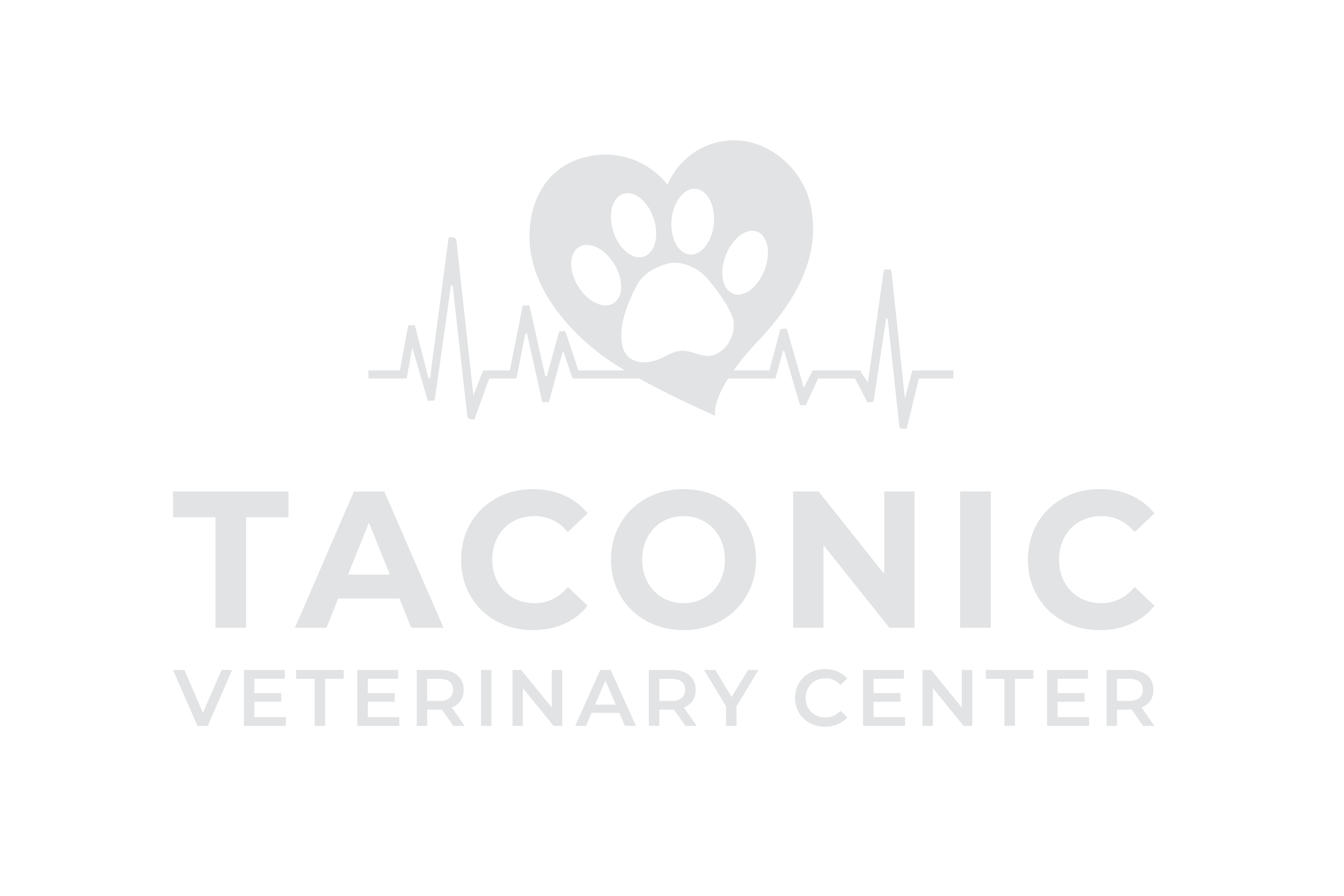Have you ever noticed your dog’s eyes looking a bit red, swollen, or as if they have a small cherry sitting at the corner? If you have, it’s possible your dog has a condition called “Cherry Eye.” Here at Taconic Veterinary Center in Cortlandt Manor, New York, our veterinary team understands the concern and confusion that can arise when your pet is experiencing such an issue.
So, in this blog, we will dive into what Cherry Eye in dogs is, the causes, symptoms, and effective treatment options available to ensure your furry friend remains in optimal health.
What is Dog Cherry Eye?
Cherry Eye, medically known as nictitans gland prolapse, is a common eye condition found in dogs, primarily affecting young puppies and specific breeds such as Bulldogs, Cocker Spaniels, Beagles, and others with prominent eyes.
This condition occurs when the gland of the third eyelid, a crucial component that produces tears to keep the dog’s eye moist, becomes prolapsed or slips out of its normal position. This results in a reddish-pink mass protruding from the corner of the eye, hence the name “Cherry Eye.”
Causes of Cherry Eye in Dogs
While the exact cause of Cherry Eye is unknown, it’s believed to be related to the weakness in the connective tissue that holds the gland in place. This weakness can be a hereditary trait, making some breeds more predisposed to developing the condition. It’s important to note that Cherry Eye is not caused by an injury or any form of trauma, and it is not contagious.
Recognizing the Symptoms of Cherry Eye
Recognizing the symptoms of Cherry Eye early can help get your dog the treatment they need faster. The most noticeable symptom is a reddish mass in the corner of the dog’s eye, which may look like a cherry, hence the term “Cherry Eye.”
Other symptoms include discharge from the eye, excessive tearing, squinting, rubbing at the eye, and changes in behavior such as decreased appetite or lethargy.
Treatment Options for Cherry Eye in Dogs
The good news is that Cherry Eye is treatable. However, the treatment strategy often depends on the severity of the condition. The first line of treatment usually involves administering topical anti-inflammatory and antibiotic eye drops to reduce inflammation and prevent infection.
If your pet’s Cherry Eye condition persists despite using eye drops, or if the condition is causing significant discomfort, surgical intervention may be required. The most commonly recommended surgery involves repositioning the prolapsed gland back to its normal location.
At Taconic Veterinary Center, we understand that the idea of your beloved pet needing surgery can be daunting, but rest assured, our dedicated team of professionals is committed to providing the highest quality care throughout the process, ensuring your dog’s comfort and safety.
Cherry Eye in dogs is not a life-threatening condition, but if left untreated, it can lead to dry eye syndrome or other complications. Early detection and treatment are vital in preserving your dog’s vision and overall health.
If you suspect your dog may have Cherry Eye, or if you have any concerns about your pet’s eye health, please don’t hesitate to reach out to us at (914) 737-2437 or book an appointment at Taconic Veterinary Center. Remember, the health and happiness of your pet are always our top priority.
Cherry Eye in dogs is a treatable condition. By understanding the causes, recognizing the symptoms early, and seeking the appropriate treatment options, you can help ensure that your furry friend lives a happy and healthy life.
Don’t wait until it’s too late. Book an appointment with us today and let us help keep those puppy eyes bright and clear!





